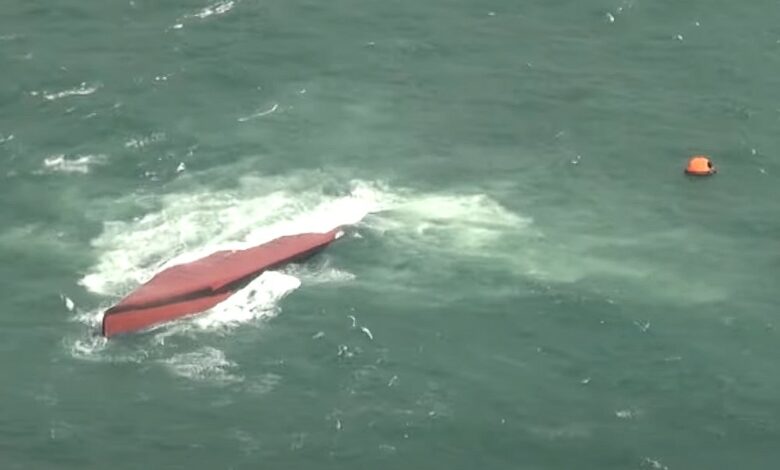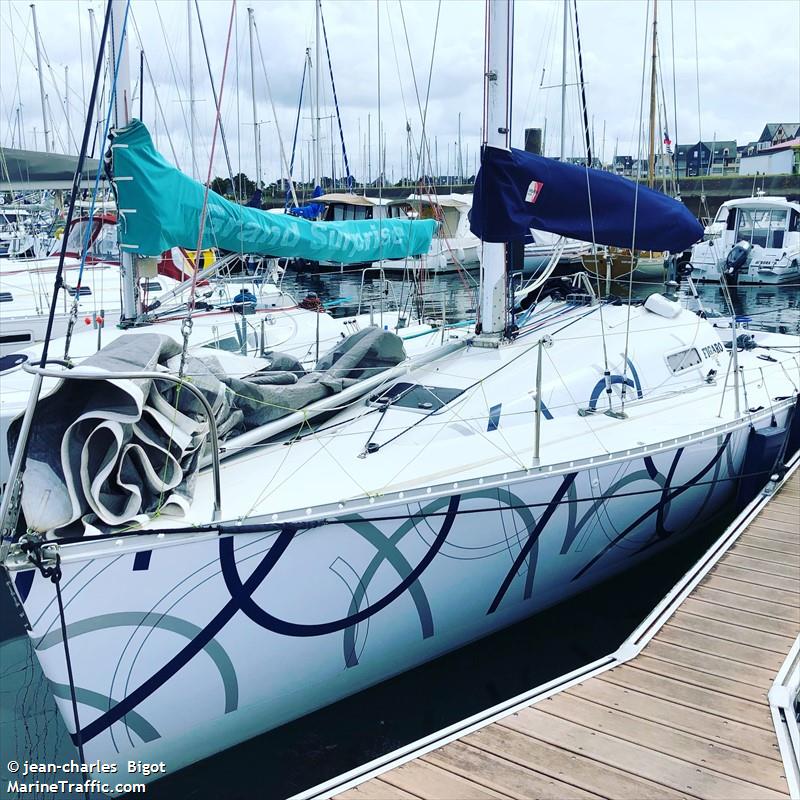Eight dead in chemical tanker capsize incident off Japan

At least eight crew members were killed after a South Korean-flagged chemical tanker anchored off the coast of Japan capsized.
The 11-strong crew of the 1996-built tanker Keoyoung Sun requested assistance around 7:05 am local time on Wednesday, reporting that the vessel was tilting.
The Japanese coast guard sent boats and aircraft to assist the capsized vessel located some 68 km south of an island in Tongyeong, South Gyeongsang Province. The ship was en route from the Japanese port of Himeji to Ulsan, South Korea.
According to Japanese media, the multinational crew consisted of two South Koreans, eight Indonesians, and one sailor from China. Initial reports pointed to several rescued survivors but Japanese authorities have stated that at least eight people have been pronounced dead while just one Indonesian crew member was confirmed alive. The remaining two are still unaccounted for.
Local weather services issued warnings for strong winds and high waves which was the reason the vessel was anchored. Winds measuring up to 54 km per hour were measured in the area.
The tanker was carrying around 980 metric tons of acrylic acid on board. So far, no leak has been detected environmental protection measures are being considered if a leak does happen. Acrylic acid is used in plastics, resin, and coatings and can irritate the skin, eyes, and mucous membranes.

 requested assistance around 7:05 am local time on Wednesday, reporting that the vessel was tilting.
requested assistance around 7:05 am local time on Wednesday, reporting that the vessel was tilting.
“two are still unaccounted for.” Sadly.
Many moons ago I was Master on a recently purchased second hand chem tanker and was unhappy with the way she moved in heavy weather. Her stability data / books, provided by the builder, had subsequently been separately checked by two flag states and two Classification Societies.
Because I was worried I reworked the numbers based on drawings, measurements and other basic data. My findings were that she was inherently unstable under many loaded conditions. Oh dear!
I quietly informed th company’s naval architect and he went away to recheck everything. He arrived at the same conclusion and she underwent conversion. Later serving HM Betty Two Stroke with distinction.
I wonder whether the Keoyoung Sun had a similar problem?